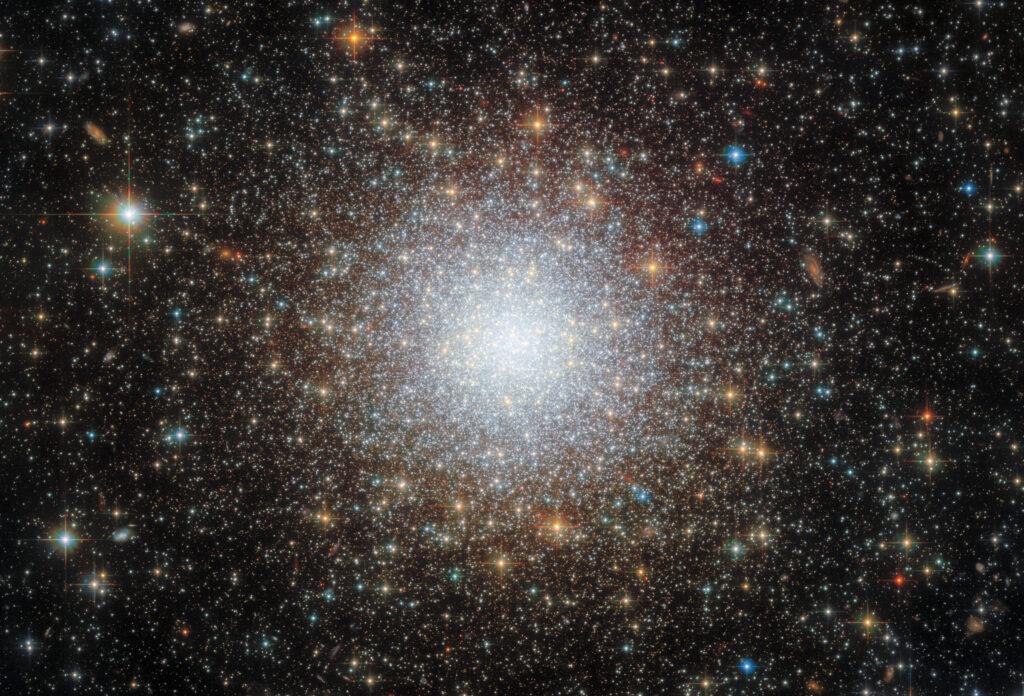The Hubble mission team published a new image of a deep space object. This time, the star cluster NGC 2210 got into the sights of the telescope’s cameras.

NGC 2210 is classified as a globular cluster. Such objects are groups of stars closely bound by gravity and orbiting the galactic center as a satellite. They are considered one of the oldest formations in the Universe and mostly consist of old luminaries.
The cluster photographed by Hubble is not part of the Milky Way. In fact, it is part of the Small Magellanic Cloud, a dwarf galaxy located at a distance of 157 thousand light-years from Earth.
Since globular clusters are highly stable, they are often used to study old stars. Research conducted in 2017 showed that the globular clusters of the Small Magellanic Cloud were close to the age of some of the oldest clusters located in the halo of the Milky Way. This is interesting because it suggests that they formed simultaneously, despite the fact that the two galaxies formed independently of each other.
As for NGC 2210, its age is estimated at 11.6 billion years. Although this is only a couple billion years different from the age of the Universe, by the standards of globular clusters, it is quite young. The age of other clusters of the Small Magellanic Cloud studied by Hubble exceeds 13 billion years.
Earlier we talked about the initiative to rename the Magellanic Clouds.
According to https://esahubble.org
Follow us on Twitter to get the most interesting space news in time
https://twitter.com/ust_magazine


